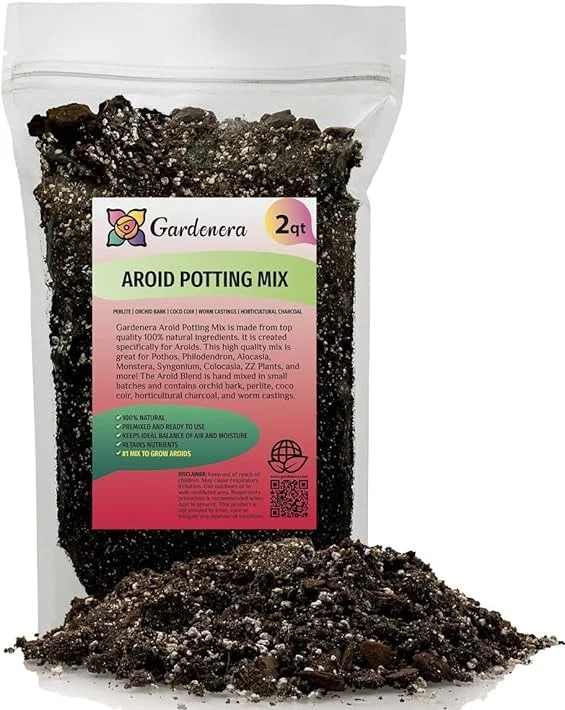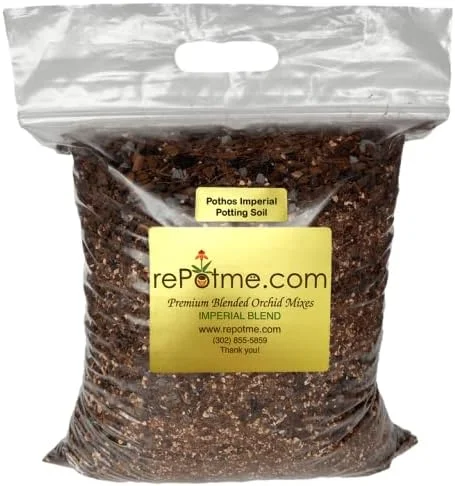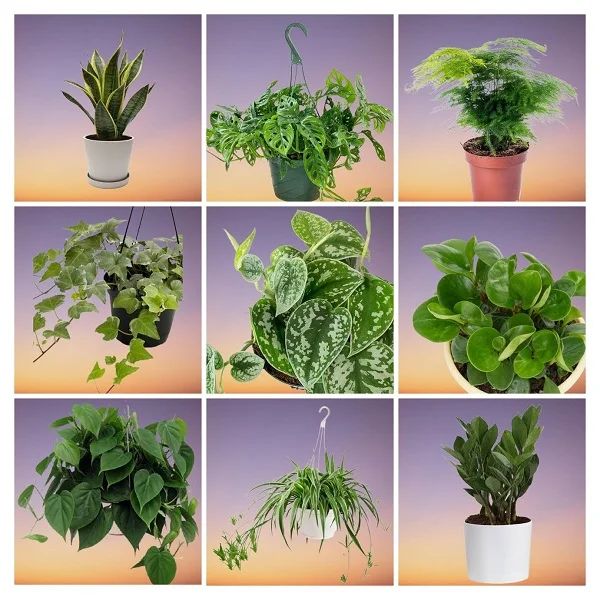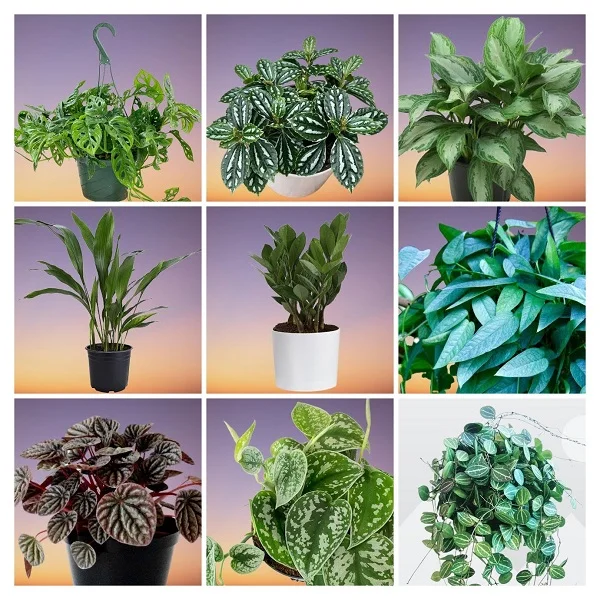Silver Pothos (Scindapsus pictus) Care Indoors, Propagation, Problems and Remedies
Last updated on
Some links in this post may be affiliate links
Silver Pothos (Scindapsus pictus) prefers medium to bright indirect light, moderately warm and humid conditions and moderately moist, rich, well-drained soil coupled with monthly feeding in the growing season.
Scindapsus pictus also called Silver Philodendron are evergreen climbing plants which bear matte green leaves covered in silver blotches with a satin sheen.
The species name, 'pictus' means 'painted', in reference to the variegation on the leaves. These spectacular variegations make these plants some of the popular tropical foliage plants for the home, office and other spaces.
Silver Pothos can be treated as a trailer or climber, reaching up to 10 feet or more under good conditions. The stems can be allowed to trail from a hanging basket or wall display. They are some of the best plants for hanging baskets.

Botanical name: Scindapsus pictus
Synonym: Scindapsus argyraeus
Family: Araceae
Common names: Silver Pothos, Silver Philodendron
Origin
Scindapsus pictus are native to India, Bangladesh, Thailand, Peninsular Malaysia, Borneo, Java, Sumatra, Sulawesi, and the Philippines..
Varieties
Many varieties of Scindapsus pictus are available and include;
Scindapsus pictus 'Argyraeus' (Satin Pothos)
Scindapsus pictus 'Exotica' (Silver Satin Pothos)
Scindapsus pictus 'Silvery Ann'
Scindapsus pictus 'Treubii Dark Form' (Treubii Pothos Dark Form)
Scindapsus pictus 'Treubii Moonlight' (Treubii Pothos Moonlight)
Scindapsus pictus 'Silver Princess' among others.
Take a look at these Scindapsus pictus plants that you can grow successfully.
Toxicity
According to ASPCA, Scindapsus pictus are toxic to both humans and pets. They contain Calcium oxalate crystals which if ingested it causes burning and swelling in the mouth and throat, vomiting, diarrhea and abdominal pains. Keep the plants from the reach of children and pets to avoid any mishap. Silver Pothos are toxic to cats and dogs.
Where to Buy
Silver Pothos are charming plants to add to your collection. You may get these plants online from Etsy (Link to Etsy).
Silver Pothos Care Indoors
Silver Pothos flourishes in medium to bright indirect light (filtered light), moderate warmth of 15-290C, humidity of 50-55% and moderately moist, rich, well-drained, all purpose soil coupled with monthly feeding during the growing season.
Scindapsus pictus requires regular pruning to keep neat, to promote a bushy growth and to rejuvenate growth. Repotting is needed only when the plant becomes pot-bound. Keep reading for more on these growing conditions and how to achieve them.

Light Requirements
Silver Pothos grow best in medium to bright indirect light. Keep it away from direct sunlight. Some Silver Pothos can tolerate lower light but the variegation will fade in poor light.
The more variegated types require more light to maintain the variegation. Where the natural lighting is not adequate, you may grow these plants under grow lights. Check out these full spectrum grow lights on Amazon.
Regularly rotate the pot to ensure that the plant receives light on all sides for uniform growth and to prevent leggy growth.
Watering
Water Silver Pothos liberally during the growing season while allowing the top 2-3 inches of soil to dry out between waterings to keep the soil moderately moist.
Decrease watering during the cold season to keep the soil slightly moist as growth is minimal at this time but do not allow the soil to dry out completely.
Ascertain that the pot has a drainage hole to prevent the soil from getting soggy soil as it may result in root-rot and eventual loss of the plant.
Temperature and Humidity
Silver Pothos thrives in an average warmth of 15-290C. A room temperature that is comfortable for you is ideal for the plant. Keep it away from cold drafts as they can cause leaf drop due to sudden changes in the temperatures.
Scindapsus pictus have no need for extra air humidity. Average room humidity of 50-55% is ideal for these plants. However, if the air is too dry the plant will respond with brown-black and shrivelled leaf tips. Set the pot on a wet pebble tray or use a cool mist humidifier to raise humidity.
Regularly damp-wipe the leaves with a soft cloth to get rid of dust and discourage pest infestation. Ascertain that there is good air circulation to prevent fungal diseases.
Fertilizer
Feed Silver Pothos every 4 weeks during the growing period with a balanced, liquid fertilizer for lush growth. Do not feed in the cold season as growth at this time is minimal and feeding at this time may lead to fertilizer burn and death of the plant.
Potting Soil
Scindapsus pictus soil should be rich in organic matter and free-draining to prevent it from getting soggy while providing the required nutrients. Most potting mixes designed for pothos and those designed for aroids are ideal for this plant. Here are 8 best potting soil mixes for Pothos.
Repotting
Repot Silver Pothos during the growing season only when the plant has become pot-bound; when the roots grow through the drainage holes. Use a pot one size larger than the current one.
Ensure that the pot has a drainage hole to prevent the soil from getting soggy as it can lead to root-rot. Silver Pothos are perfect in a hanging basket where the the stems can cascade downwards beautifully. Take a look at these hanging planters with macrame plant hangers on Amazon.
Pruning
Pruning Silver Pothos is easy as it involves frequent removal of any dead foliage. Pinch off the growing tips to encourage bushyness and prevent the plant from becoming leggy.
Cutback the stems at the beginning of the growing season if they become straggly to rejuvenate growth. The foliage emanating from the pruning can be used to propagate new plants.
Propagation
Scindapsus pictus propagation can be done at the beginning of the growing season from stem cuttings. The cuttings can be rooted in soil or in water.
Silver Pothos propagation from stem cuttings in soil
Take a 4-6 inches stem cutting from a healthy Silver Pothos. Ensure the cutting has at least two leaf nodes and some aerial roots.
Strip off the lower leaves and insert the cutting in moist rooting soil and ensure at least one leaf node together with the aerial roots are covered under soil.
To hasten rooting, cover the set up with clear polythene to create a greenhouse effect.
Place the set up in a warm, well-lit place and maintain the soil moist through out until roots have developed.
Rooting should take about 2-3 weeks and the new plant will be ready to be transplanted in about 2-3 months.
Allow the new Silver Pothos to be well established before transplanting, after which you can begin routine care.
Silver Pothos propagation from stem cuttings in water
Take a 4-6 inches stem cutting from a healthy Silver Pothos. Ensure the cutting has at least 2-3 leaf nodes and some aerial roots.
Strip off the lower leaves and place it in a jar of plain water, ensure at least one leaf node is covered in water as well as the aerial roots.
Place the set up in a well-lit spot and change the water every 5-7 days.
Rooting in water should take about 3-4 weeks. When the roots are about 2 inches long, start acclimatizing them to grow in soil.
Acclimatizing the roots to grow in soil entails adding a little soil daily into the rooting jar over a period of time until when there is more soil than water in the rooting jar.
The new Silver Pothos is ready for transplanting when the roots have grown to about 4 inches long after which you can begin routine care.
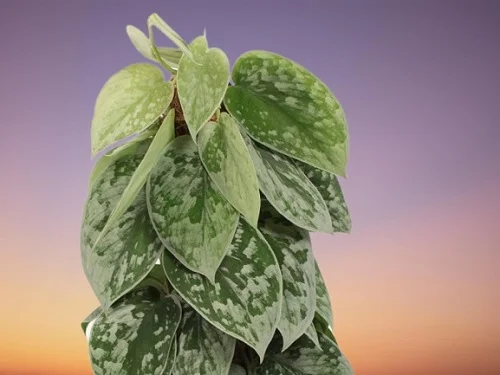
Scindapsus pictus Problems with Remedies
Silver Pothos problems include yellow leaves, leaf drop, rotting, brown leaf edges and spots, curled leaves, shrivelled and pests among others. Keep reading for more details on these problems, their remedies and solutions.
Yellow leaves
Silver Pothos yellow leaves are due to poor lighting, poor soil quality, wrong temperatures, improper feeding, incorrect watering, being pot-bound, diseases and pests among others.
Check out these 12 Reasons Pothos Plant Leaves are Turning Yellow and How to Fix Them.
Pests
Common pests in Silver Pothos are spider mites and mealy bugs. Isolate the affected plant to prevent spread to other plants and treat it with neem oil or insecticidal soap as per the manufacturer's recommendations.
Diseases
Silver Pothos is prone to root-rot which is promoted by soggy soil and is characterized by yellow leaves, leaf drop and rotting stems. Isolate the affected plant to prevent spread to the other plants and treat it for the disease. Ascertain that the soil is free-draining and that the pot has a drainage hole to prevent the soil from getting soggy.
Brown leaf edges, brown leaf spots
Silver Pothos brown leaf edges and brown leaf spots are caused by too dry soil due to underwatering. Water the plant liberally during the growing season while allowing the top 2 inches of soil to dry out between waterings to maintain the soil moderately moist. Cut down on watering in the cold season to maintain the soil slightly moist as growth is reduced at this time. Never allow the root ball to dry out completely. Learn more on how to water indoor plants the correct way.
Curling, limp leaves and rotting stems
Curling, limp leaves and rotting stems in Silver Pothos are caused by sudden changes in the air temperature due to drafts. The plants are extremely sensitive to sudden drops in temperature. Keep the plant away from cold drafts to maintain an average warmth of 15-290C. Check out this guide on understanding temperature for houseplants.
Brown-black, shrivelled leaf tips
Scindapsus pictus brown-black, shrivelled leaf tips are due to four possible reasons. One possible reason is low air humidity. To increase humidity, set the pot on a wet pebble tray or use a cool mist humidifier. You may grow the plant in a well-lit bathroom, kitchen, laundry area and other humid areas in the home. Check out these techniques on how to elevate humidity for houseplants.
The second possible reason for brown-black, shrivelled leaf tips in Silver Pothos is soggy soil. The plants do not like to sit in soggy soil and they respond with brown-black leaf tips.
Repot the plant in fresh soil. Ensure the soil is draining properly and the pot has a drainage hole. In addition, do not leave water standing in the saucer after watering; discard any water that remains on the saucer after watering.
The third possible reason for brown-black, shrivelled leaf tips in Scindapsus pictus is underwatering. If there isn't enough moisture in the soil for plant to take up, the leaf tips are the first to suffer. They begin to dry up, turning brown and later black. Water the plant when the top 2 inches of soil dry out; avoid delayed watering.
The fourth possible reason for brown-black, shrivelled leaf tips in Silver Pothos is overfeeding or accumulation of chemicals in the soil. Too much fertilizer in the soil will cause damage to the roots which means that the plant cannot take up adequate water from the soil.
Brown tips is the first sign that the roots are in distress. Regularly flush out any excess chemicals from the soil by running a stream of water through the soil until it comes out through the drainage hole.
You liked it? Share on social media.
Related Content
Amazon Associates Disclosure
Homeplantsguide.com is a participant in the Amazon Services LLC Associates Program, an affiliate advertising program designed to provide a means for sites to earn advertising fees by advertising and linking to amazon.com.
